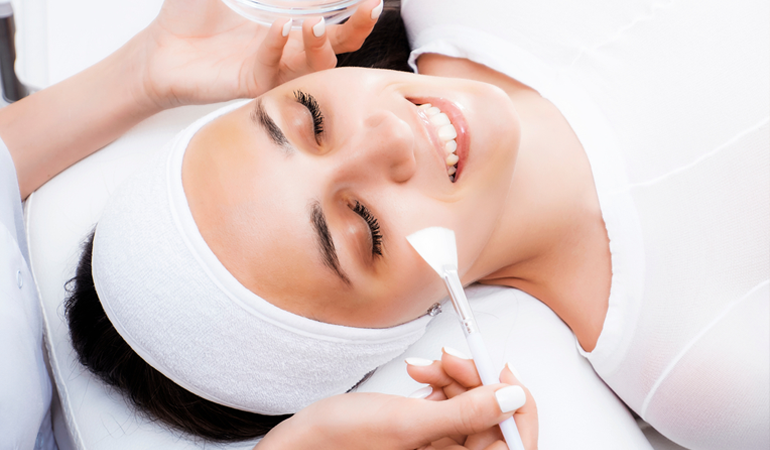Chemical Peel Consultation
A chemical peel consultation typically involves a discussion with a licensed skincare professional or medical provider to determine if a chemical peel is appropriate for your skin type, concerns, and goals.
Our consultations are completed in a quick three step process:
Step 1. Book your consultation: Visit our booking page to select the date and time that is convienent for you. All consultations are completed virtually.
Step 2. Complete consultation form: Prior to your consultation please complete the following form for the wellness specialist to review prior to your appointment. To access the form click the following link: Chemical Peel Consultation Form
Step 3. Join our virtual room: To complete your visit with our wellness specialist please join our virtual waiting room where your wellness provider will connect with you to complete your consultation. To access the virtual room, click the following link: Golden Wellness Virtual Room
To learn more about what you can expect during the consultation, please continue to read below:

1. Skin Evaluation
Assessment of Skin Concerns: The professional will ask about your primary skin concerns (e.g., acne scars, hyperpigmentation, fine lines, uneven skin tone, sun damage).
Skin Type and Condition: They'll examine your skin type (oily, dry, combination, or sensitive) and assess its overall health and condition.
2. Medical History
Past Treatments: You’ll discuss any prior skin treatments, including peels, laser therapy, or microneedling.
Allergies and Sensitivities: Mention any known allergies, skin sensitivities, or adverse reactions to skincare products.
Medications: Let them know if you're using medications like Retin-A, Accutane, or other prescription treatments that could affect your skin's response.
3. Goals and Expectations
Desired Results: Share your goals for the treatment (e.g., smoother texture, reduced pigmentation, or improved glow).
Realistic Outcomes: The professional will explain what can realistically be achieved with a chemical peel and how many sessions might be needed.
4. Treatment Options
Peel Types: They’ll discuss different types of VI peels we offer,
Recommendations: The choice of peel depends on your skin type, concerns, and tolerance for downtime.
5. Preparation and Aftercare
Pre-Peel Instructions: They’ll advise avoiding certain products (like retinoids or exfoliants) or treatments for a few days before the peel.
Post-Peel Care: Instructions typically include moisturizing, avoiding sun exposure, and using gentle skincare products to protect healing skin.
6. Risks and Side Effects
Possible Reactions: The provider will discuss potential side effects such as redness, peeling, sensitivity, or hyperpigmentation.
Precautions: They'll explain how to minimize risks and what to do in case of adverse effects.
7. Cost and Frequency
Pricing: You'll get an estimate of the cost per session.
Treatment Plan: Depending on your goals, they may recommend a series of peels spaced several weeks apart
Chemical Peel FAQ's
Chemical peeling agents resurface the skin by inducing a controlled wound and thus removing superficial layers of the skin. As a result, chemical peels promote the growth of a new healthy top skin layer and improve skin problems like hyperpigmentation, fine lines and wrinkles, uneven texture and skin impurities.
- One week before the peel avoid waxing, electrolysis, deploritory creams, and laser hair removal.
- Two to three days before the peel discontinue using any prescription topicals such as Retin-A, differin or Tazorac, as well as any products containing retinol, alpha hydroxyl acids (AHA), beta hydroxyl acids (BHA) or benzoyl peroxide.
- Patients who have had any medical cosmetic facial treatments or procedures such as Laser treatments, cosmetic fillers or other surgical procedures should wait until skin sensitivity has completely resolved before receiving a peel.
- Chemical peels should be avoided if any of the following conditions are present:
- Active cold sores, herpes simplex or warts in the area to be treated
- Wounded, sunburned or excessively sensitive skin
- Accutane use within the last year
- History of recent chemotherapy or radiation therapy
- Allergies to aspirin
- Women who are pregnant or actively breastfeeding
- Patients with Vitiligo
- Patients with a history of autoimmune disease (such as rheumatoid arthritis, psoriasis, lupus, multiple sclerosis etc) or any condition that may weaken their immune system